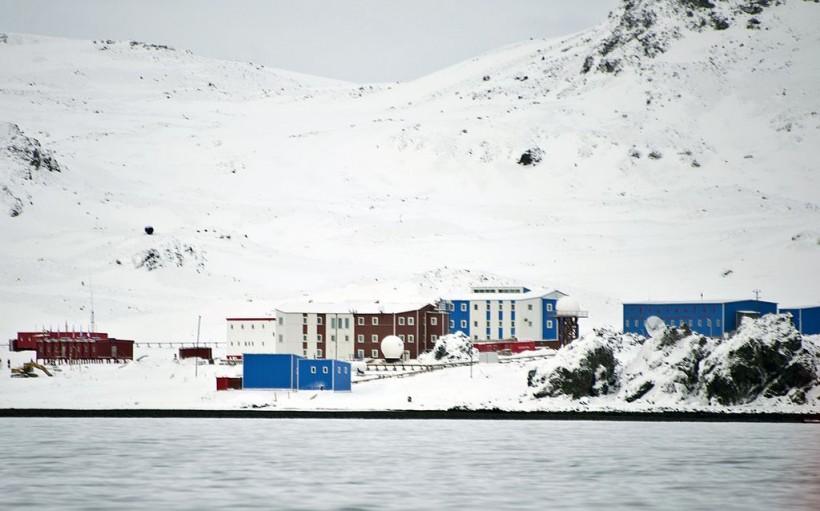China has completed the construction of its fifth Antarctic research station, strategically located on the pristine west coast of the Ross Sea, taking a significant step toward understanding and preserving Earth's last intact marine ecosystems.
As the South China Morning Post reports, the outpost on Inexpressible Island is expected to become a hub for scientific exploration and environmental monitoring, housing up to 80 researchers during the summer and 30 during the winter.

View of China's militar base in the King George island in Antarctica, on March 13, 2014. AFP PHOTO /VANDERLEI ALMEIDA
Studying the Ross Sea
This new permanent base will be critical in unraveling the mysteries of the Ross Sea, a vast bay in the South Pacific Ocean that extends deep into Antarctica.
According to Zhu He, the station's designer, the Ross Sea is one of the last intact marine ecosystems on Earth. It is an ideal location for studying energy and material exchange within Earth's systems, marine life, and the effects of global climate change.
The world's largest marine protected area, covering over a million square kilometers, is located in the heart of the Ross Sea region. According to the New Zealand Foreign Ministry, this expanse is home to rare species, such as sponges, with a lifespan of up to 500 years.
The protected zone also includes critical breeding grounds for Antarctic toothfish as well as habitats deemed essential for ecosystem integrity.
Strategic Environmental Monitoring Hub
Long Wei, deputy director of the Chinese Arctic and Antarctic Administration, highlighted that the new station is not merely a research facility but a base for actively monitoring the ecology of the protected area. This monitoring will contribute significantly to the ongoing efforts to protect Antarctica's environment.
In addition to ecological surveillance, the outpost will provide valuable data on the impact of climate change on inland areas of Antarctica. This information is crucial for assessing and understanding the vulnerability of the region's ecosystems in the face of a changing climate.
Read Also: Climate Crisis Threatens Winter Sports: Study Reveals Rising Temperature's Impact on Ski Resorts
International Collaboration
China's expedition to Antarctica is a strategic move to strengthen its participation in international Antarctic governance. Establishing the outpost is consistent with China's commitment to a 2015 international proposal for protecting the Ross Sea area.
This agreement, a cornerstone of China-US environmental cooperation, went into effect in December 2017, marking a collaborative effort to ensure the sustainability of this unique environment. The white paper issued by the State Oceanic Administration 2017 emphasizes China's commitment to improving scientific investigation and research capabilities in Antarctica.
The document also indicates China's willingness to strengthen international polar cooperation, with Norway named as a potential partner. The construction of this cutting-edge research station is well underway, with the tallest steel columns reaching a height of 16.5 meters.
This construction achievement, the longest single component ever hoisted by China in Antarctica, represents a critical step in the station's structural completion.
Stay posted here at Tech Times.
Related Article: Antarctic Ice Expedition Unveils 800,000-Year Climate Insights









